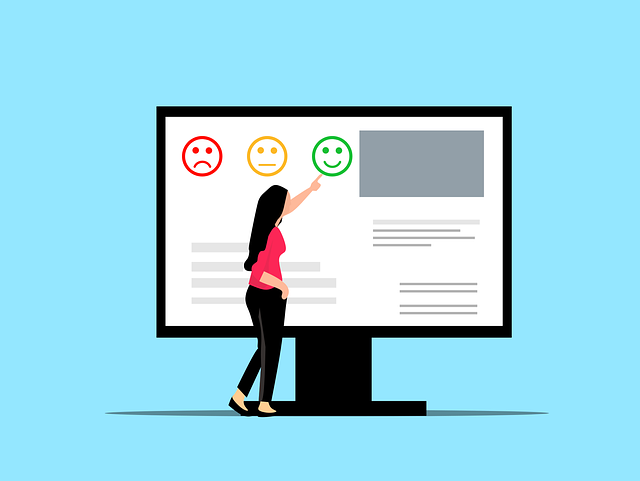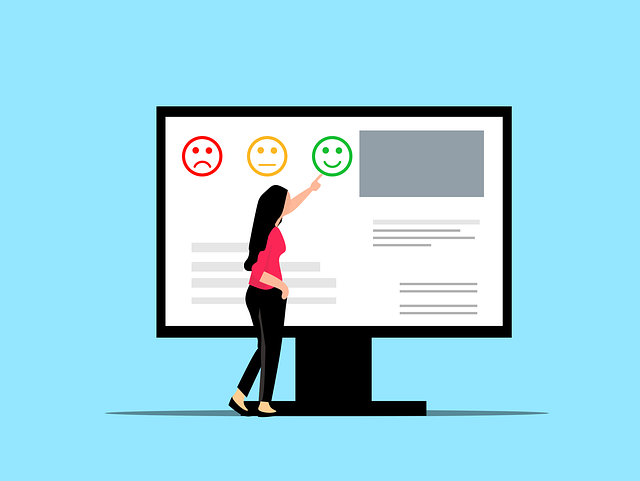
What Is Instant Feedback, And Why Is It Important?
Instant feedback provides real-time input, constructive criticism, or encouragement to employees, students, or other individuals in a learning environment. This method immediately addresses issues, misunderstandings, or mistakes during learning. By giving instant feedback, learners can quickly adjust their behavior and make necessary corrections to better understand concepts and apply new skills.
The importance of instant feedback lies in its ability to significantly impact an individual’s motivation and self-awareness. For example, when an employee receives praise for successfully completing a task using newfound skills they have just learned from training sessions recently held within the company or receives guidance through negative or positive feedback on how their incorrect approach affected productivity; this offers them opportunities to grow professionally while increasing their confidence and enthusiasm towards continued learning activities. Moreover, instant feedback promotes efficient learning by correcting false beliefs and misconceptions immediately rather than allowing these errors to linger unaddressed over time which could result in ineffective work practices down the road. In essence, instant feedback helps create highly engaged employees who continuously seek avenues for growth and improvement while fostering a workplace culture centered around collaboration and communication as everyone strives toward shared success.
Instant feedback plays a crucial role in the learning process for employees. It helps correct misconceptions as they occur, preventing their repetition and promoting a better understanding of tasks or information. For instance, when an employee makes a mistake during a task, timely constructive feedback or criticism can help them learn on the spot and avoid other errors, which may negatively affect overall productivity. This real-time approach shortens the learning curve and fosters a growth mindset among team members.
One significant benefit of instant feedback is its ability to boost learners’ confidence and motivation. Employees who receive immediate praise for positive behavior or accomplishments are more likely to feel inspired to continue improving their skills and performance levels. For example, acknowledging an employee’s special report or presentation right after completion encourages them to maintain that high standard in future projects. On the other hand, providing negative feedback promptly allows for quick adjustments while maintaining momentum and low engagement.
The impact of instant feedback reaches beyond individual growth; it contributes significantly towards creating a friendly and supportive work environment where open communication thrives. You establish trust by giving specific examples and actionable suggestions in your conversations with colleagues while emphasizing your commitment to collective success. Encouraging regular two-way dialogue around performance enables all team members – from entry-level workers to managers -to better understand each other’s strengths and weaknesses and add value collaboratively within the workplace setting, ultimately driving business growth through improved efficiency and teamwork satisfaction among staff.
Pick The Right Time And Place To Provide The Feedback

Effective communication is critical when it comes to providing feedback. It’s essential to pick the right time and place to give feedback, ensuring the recipient receives it constructively. Providing instant feedback during a meeting or in front of others can be embarrassing and demotivating for employees. Choosing a private setting where distractions are minimal is essential, allowing both parties to focus on the importance of feedback conversation.
For example, you want to provide actionable feedback about an employee’s performance during a project meeting. In that case, it may be better to schedule a one-on-one appointment after the session where you can discuss their performance review their progress and areas for improvement in detail without interruptions from other team members.
Providing timely feedback also ensures that there is the time between the action taken by an employee and receiving corrective guidance. Delayed or vague feedback can result in employees repeating their mistakes without even realizing they are doing so, leading to frustration and subpar work quality.
By picking the right time and place for constructive criticism and giving praise or positive reinforcement, managers can help their teams grow professionally while fostering stronger workplace relationships based on open dialogue and mutual respect.
Instant feedback is crucial for effective learning because it allows learners to pause, reflect and modify their behavior in real-time. Learners who receive immediate feedback during the learning process become more confident, self-aware, and motivated to learn. It leads to efficient training because mistakes are corrected as soon as they occur rather than being repeated.
In the workplace, instant feedback provides employees with a valuable tool for professional development. Regular feedback ensures that employees continuously grow and improve their skills. It also fosters a culture of continuous improvement where coworkers can provide constructive criticism to help each other develop new skills and perspectives. Instant feedback allows learners to feel supported, engaged, and encouraged in their learning journey leading to improved performance outcomes.
Be Specific And Use Examples

One of the most critical components of effective feedback is being specific and providing concrete examples. When feedback is vague or generic, it can be challenging for employees to grasp what they need to improve. By giving specific criteria, you make it clear to your employees precisely what actions they need to take to improve their performance. For instance, if an employee needs to work on customer service skills, don’t simply say, “improve customer service.” Instead, provide actual scenarios where the employee could have handled customers better.
Using real-life examples helps put things in a different light and makes them more relatable. Employees are much more likely to engage with feedback when they see how it applies directly to daily situations. Moreover, citing actual instances and using anecdotes while giving feedback can help show employees that you’re focusing on positive behavior, too – not just correcting negative ones. With actionable insights provided by correct instances and incidents shared during instant feedback sessions, highly engaged employees move closer to personal and business growth.
In summary, being specific in your employee feedback leads to higher engagement levels from workers who feel encouraged rather than discouraged; therefore, creating a friendly work environment that fosters growth continuously – ultimately benefits everyone involved in learning through continuous improvement!
Avoid Negative Language

Using negative language when giving feedback can be counterproductive and demotivating for employees. Instead of focusing on what went wrong or criticizing an employee or person’s actions, frame the feedback positively. For example, instead of saying, “you made a mistake,” you could say, “let’s work together to find a solution that will help us avoid this issue in the future.”
Using positive language helps build better relationships between managers and employees and promotes a growth mindset that encourages learning from mistakes. Research has shown positive reinforcement is more effective than negative feedback in promoting long-term behavioral change. When giving constructive criticism, it’s essential to provide specific examples and actionable steps for improvement rather than vague words of criticism.
By avoiding negative language in direct reports and framing feedback positively, managers can foster an environment of continuous improvement where employees feel supported and encouraged to learn new skills and grow professionally. Regular positive reinforcement through instant feedback makes employees likelier to stay engaged with their work, improve performance, maximize productivity, and drive business growth.
5 Strategies For Giving Effective, Actionable Employee Feedback

Giving feedback to employees is an essential part of a manager’s job. Here are five strategies for delivering effective, actionable employee feedback:
1. Be specific and provide context:
Be clear on what behavior or action you are providing feedback on and why it matters in the context of the project or goal. Providing examples can help make your point more clearly.
2. Use positive language:
Instead of negative phrasing that can feel critical, frame your feedback with positive words that encourage learning and growth. For example, “Great job on this project! One area for improvement could be…”
3. Make feedback two-way:
Encourage dialogue by asking questions and actively listening to their responses. This way, you’ll get their perspective on the issue, and they’ll feel more invested in finding a solution.
4. Give actionable feedback:
Identify specific actions the employee can take to improve their performance. Make sure these actions are achievable and measurable so that they can track their progress.
5. Provide feedback in real-time:
Don’t wait until the end-of-year performance review to give feedback; instead, provide it as soon as possible after observing the behavior or action you’re responding to. It will show employees you care about their development and help them improve immediately.
3 Strategies For Receiving Feedback Gracefully + Putting It To Good Use

Receiving feedback can be challenging, but it is valuable for personal and professional growth. Here are three strategies to receive feedback gracefully and put it to good use:
1. Listen actively:
When receiving feedback, listen carefully without interrupting or becoming defensive. Pay attention to specific examples and ask follow-up questions if needed. Actively listening shows that you value and are willing to learn from the feedback.

2. Consider the source:

Consider who is giving the feedback and their intention to provide feedback. Input from someone with more experience or expertise can provide valuable insights, while feedback from someone who may have only some of the information should be taken with a grain of salt.
3. Take action:

Use the feedback as an opportunity for improvement by setting goals and implementing changes. Address any concerns or issues, seek feedback promptly, and communicate progress regularly.
Remember, receiving feedback is a vital part of critical component of personal and professional development, and utilizing these strategies will help make the most out of this learning opportunity.
For more on this topic, see Employees Want More Than Just a Paycheck: How To Create a Job Worth Doing









1 Comment